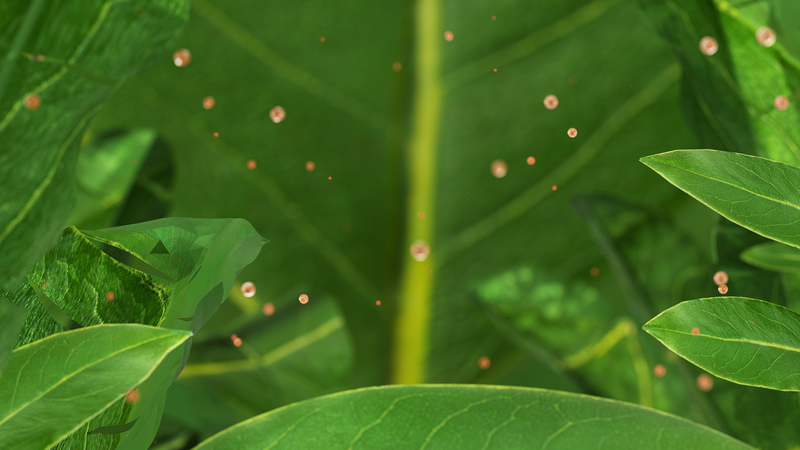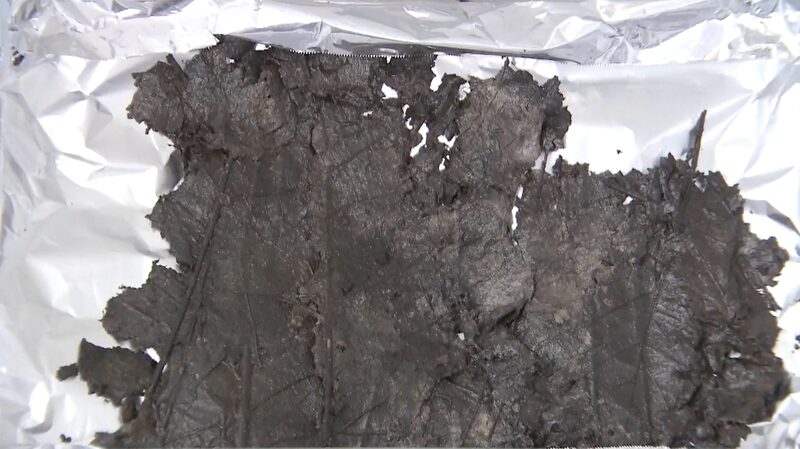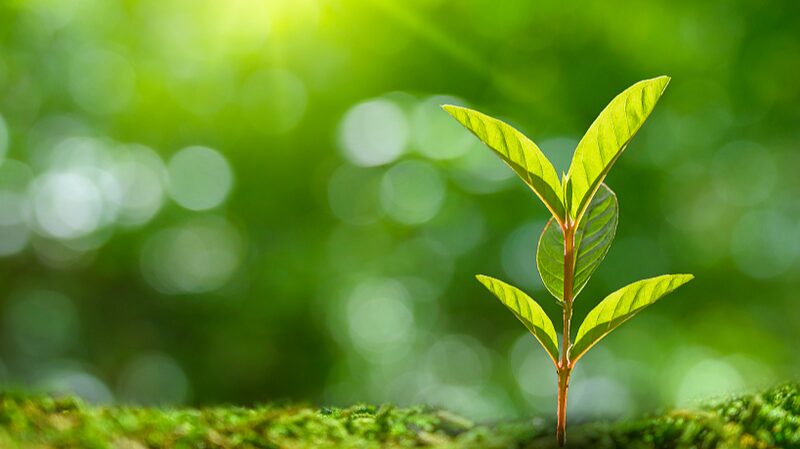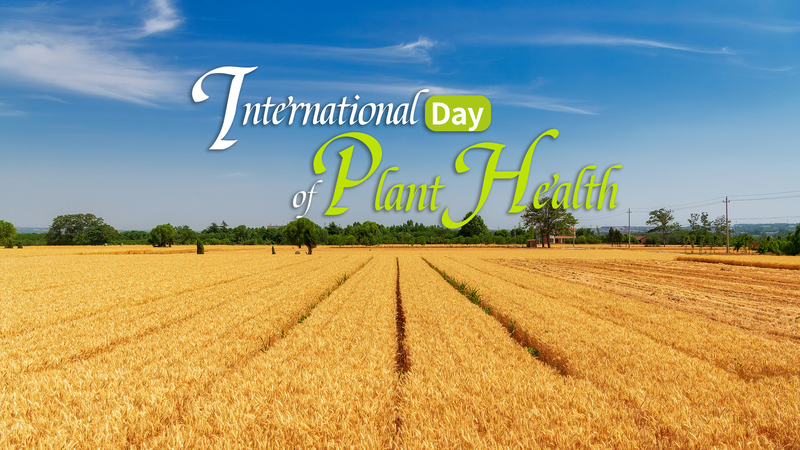Hold your breath—literally. A groundbreaking study led by Chinese scientists has uncovered that plant leaves can absorb and accumulate airborne microplastics, exposing a hidden route for these tiny pollutants to invade our food chains (and, yes, your lunch). 🌿🔬
Published in Nature, the research—a collaboration between Nankai University, the University of Massachusetts Amherst, and the Chinese Academy of Sciences—shows how everyday plants act like microplastic sponges. Imagine leaves as nature’s air filters… but with a toxic twist. 😬
Microplastics (particles smaller than 5mm) were already known to linger in oceans and soil. Now, scientists found they stick to plant surfaces, get absorbed through pores, and accumulate over time. The kicker? Crops like lettuce and wheat could be stealth carriers, posing risks to human health. 🥗⚠️
💡 Why it matters: This discovery rewrites how we tackle plastic pollution. It’s not just about banning straws—it’s a wake-up call to rethink agriculture, waste systems, and even urban planning. As one researcher put it, "Plants are silent victims—and unwitting accomplices."
Next steps: Teams are now studying how microplastics affect crop yields and whether they enter fruits or roots. Spoiler: The answer might determine our planet’s (and plates’) future. 🌍🥦
Reference(s):
cgtn.com






